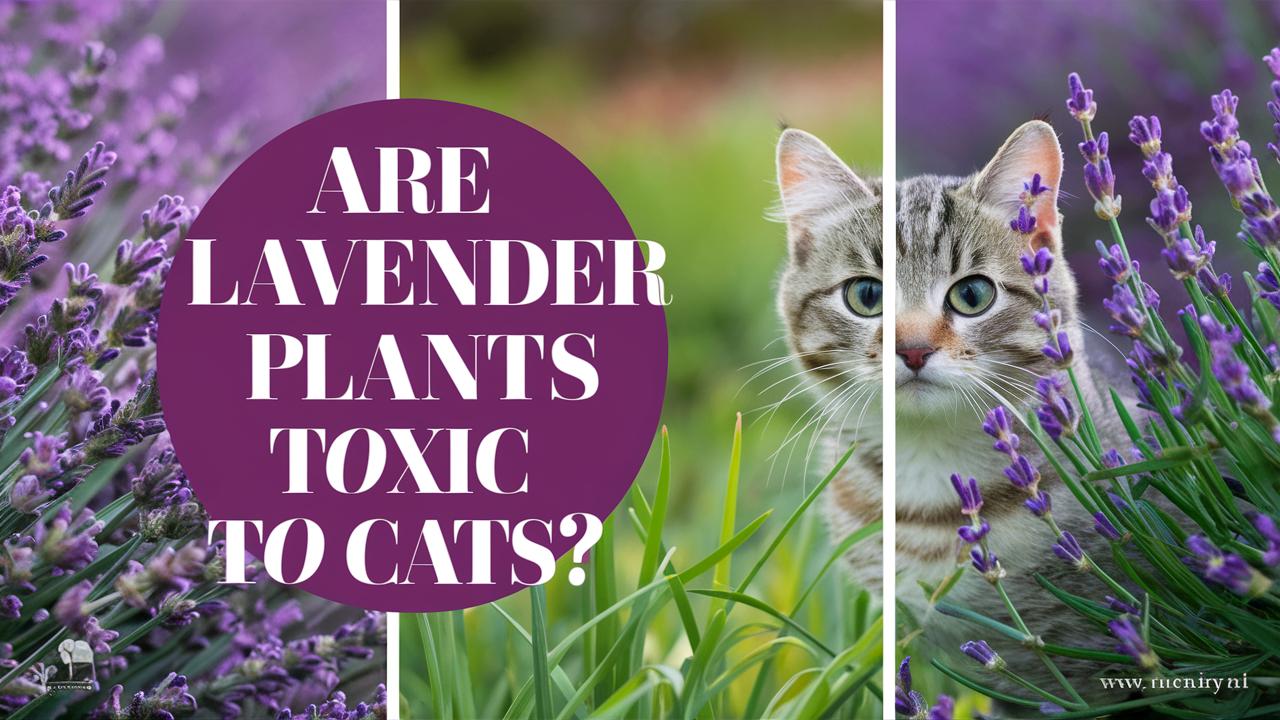When it comes to creating a welcoming and beautiful space in our homes and gardens, lavender stands out as a beloved choice for many. Its calming fragrance, stunning purple blossoms, and potential health benefits have made it a staple in both landscaping and indoor decor.
However, if you’re a cat owner, you might be wondering whether this charming plant poses any risks to your feline friends. In this blog post, we will explore the relationship between lavender plants and cats, exploring their toxicity levels, potential health impacts, preferred uses of lavender in households with pets, and safe alternatives to consider.
Is Lavender Toxic to Cats?
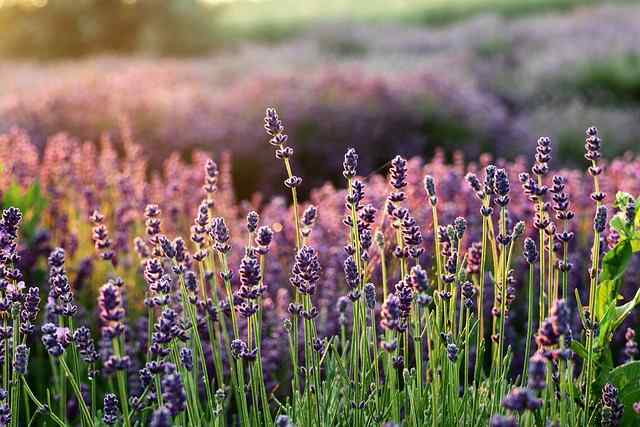
The short answer is no, lavender is generally not considered toxic to cats. According to the ASPCA (American Society for the Prevention of Cruelty to Animals) and numerous other veterinary resources, lavender is classified as non-toxic to cats. This means that while ingestion might cause some mild stomach upset or gastrointestinal issues, it is unlikely to lead to severe illness or poisoning.
That said, it’s essential to understand the context in which cats may interact with lavender. Cats are naturally curious creatures and may be inclined to nibble on plants. If they consume a small amount of lavender, they might experience discomfort, including symptoms like vomiting or diarrhea. However, these symptoms are typically self-limiting and not life-threatening.
How Do Cats Respond to Lavender?
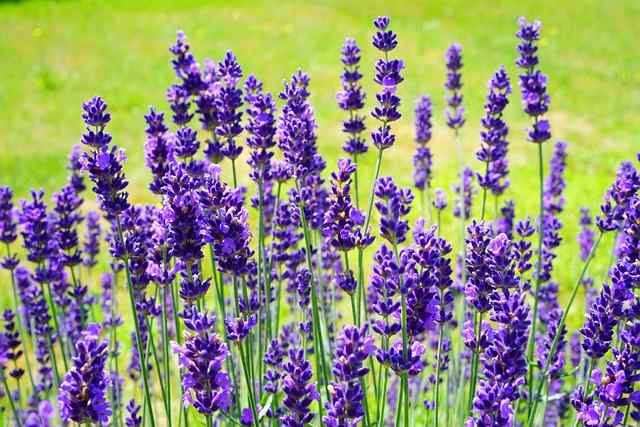
While lavender itself is non-toxic to cats, it’s important to recognize that every cat is unique in its reactions to different scents and substances. Cats possess a highly developed sense of smell, making them sensitive to various aromatic compounds. Some cats might actually enjoy the soothing scent of lavender, while others may dislike it altogether.
Interestingly, veterinary studies indicate that certain essential oils derived from lavender may not be safe for cats, especially in concentrated forms. An essential oil is a highly concentrated plant extract that contains the natural fragrance and properties of the plant. In particular, essential oils can be harmful to cats because their livers lack the necessary enzymes to metabolize many of these compounds effectively. For this reason, cat owners should be vigilant about avoiding the use of essential oils around their pets, especially essential oils in diffusers, sprays, or topical applications.
Signs of Lavender Exposure in Cats
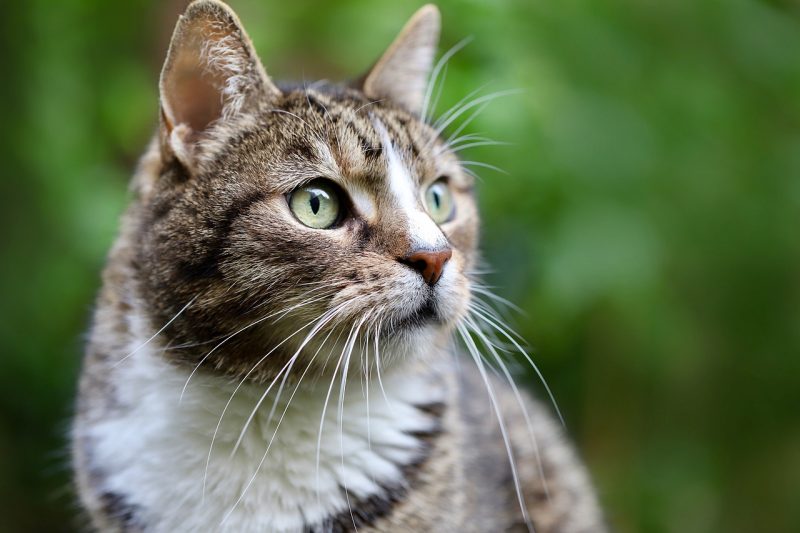
If a cat does consume lavender or is exposed to essential oils containing lavender, it may exhibit several signs of discomfort. Monitor your feline for the following symptoms:
Gastrointestinal Upset: The most common effect of consuming lavender is vomiting, diarrhea, or other digestive disturbances.
Lethargy: If your cat seems unusually tired or less active than usual, it may indicate a reaction to lavender exposure.
Drooling or Excessive Salivation: An indication that your cat has ingested something it doesn’t like.
Difficulty Breathing: In rare cases, cats may react to strong scents, including those from essential oils, causing respiratory distress.
If you notice any of these signs, it is advisable to consult with your veterinarian. They can provide guidance for any necessary actions and help determine the best course of treatment.
Practical Uses of Lavender in a Cat-Friendly Home
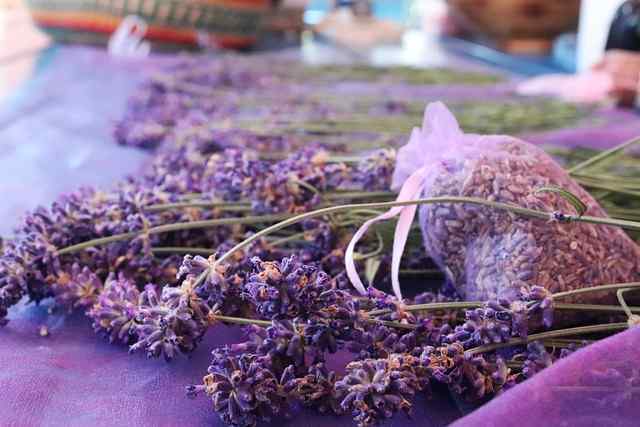
Despite concerns about essential oils, lavender remains a lovely plant that can enrich a home, even for cat owners. You can enjoy the tranquility of lavender in your space by following these tips:
Display Lavender Safely: If you wish to have potted lavender or dried lavender in your home, choose places that are out of reach of curious paws.
Use Dried Lavender: Dried lavender sachets can impart a pleasant scent without the risks associated with essential oils. Cats tend to avoid dried flowers, making them relatively safe.
Enhance Pet Spaces: Consider placing lavender around your living areas, but always ensure that cats cannot reach the plants. This way, you can enjoy its soothing effects while keeping your pet safe.
Alternatives to Lavender for Cat Owners
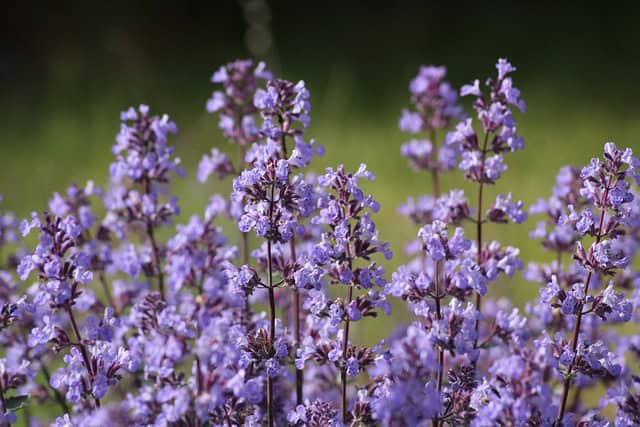
If you’re drawn to the idea of non-toxic plants but want alternatives that are feline-friendly, consider the following options:
Catnip: Known for its euphoric effects on many cats, catnip (Nepeta cataria) is a safe and enjoyable herb. You can grow it in your garden or keep dried catnip around for playtime.
Basil: Basil (Ocimum basilicum) is a culinary herb that is safe for cats. Its aromatic leaves can add flavor to dishes while being innocuous to your feline friends.
Chamomile: Chamomile (Matricaria chamomilla), known for its calming properties, is also safe for cats. Other than its benefits for humans as a tea, chamomile can add a lovely element to your herb garden.
Spider plants: While not a herb or flower, spider plants (Chlorophytum comosum) are safe for cats and can be an excellent addition to indoor spaces.
Collectively, these plants can create a lush, vibrant environment, bringing beauty and enjoyment to you and your fur companions without the worry of toxins.
Tips for Cat Health Around Plants
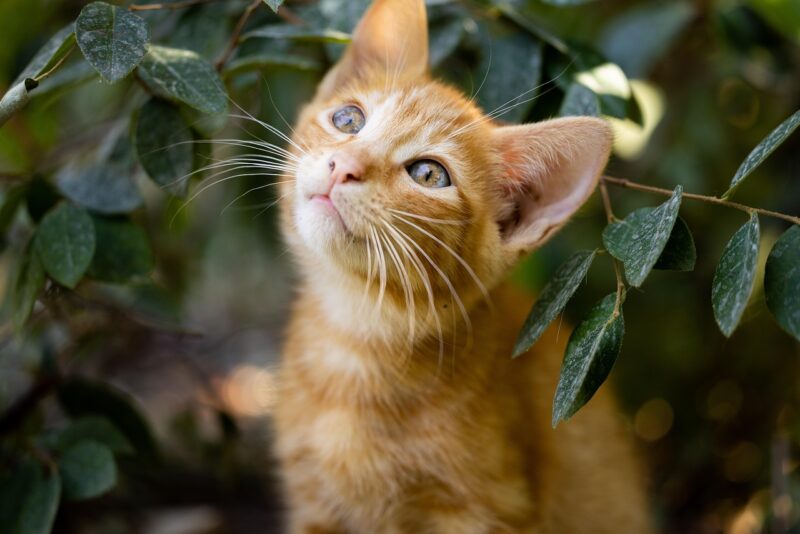
Creating a pet-friendly environment requires a few additional considerations, especially when it comes to incorporating plants into your household. Here are some practical tips to keep both your cats and plants thriving:
Research Before Purchasing: Familiarize yourself with plants that are safe and toxic for cats before bringing them home. Resources like the ASPCA’s list of toxic plants can be valuable for cat owners.
Designated Areas: Establish specific areas where your cat can interact with pet-safe plants, such as a dedicated herb garden or cat grass.
Potting Strategies: Use decorative pots that are tall and hard to reach, or place plants in hanging baskets to thwart any curious attempts to explore.
Regular Vet Checks: Routine veterinary visits are crucial in maintaining your cat’s health. Regular check-ups can catch any exposure or health issues early on.
Educate Yourself on Symptoms: Familiarize yourself with the common signs of poisoning or distress in cats, enabling you to respond quickly if a plant exposure occurs.
Conclusion
In summary, lavender plants are generally not toxic to cats, offering a pleasant addition to homes and gardens. However, the risks associated with lavender essential oils can pose potential health threats if misused, highlighting the importance of understanding your cat’s environment. By creating a safe and beautiful space that considers your cat’s well-being, you can enjoy the soothing presence of lavender and other non-toxic plants without concern.


